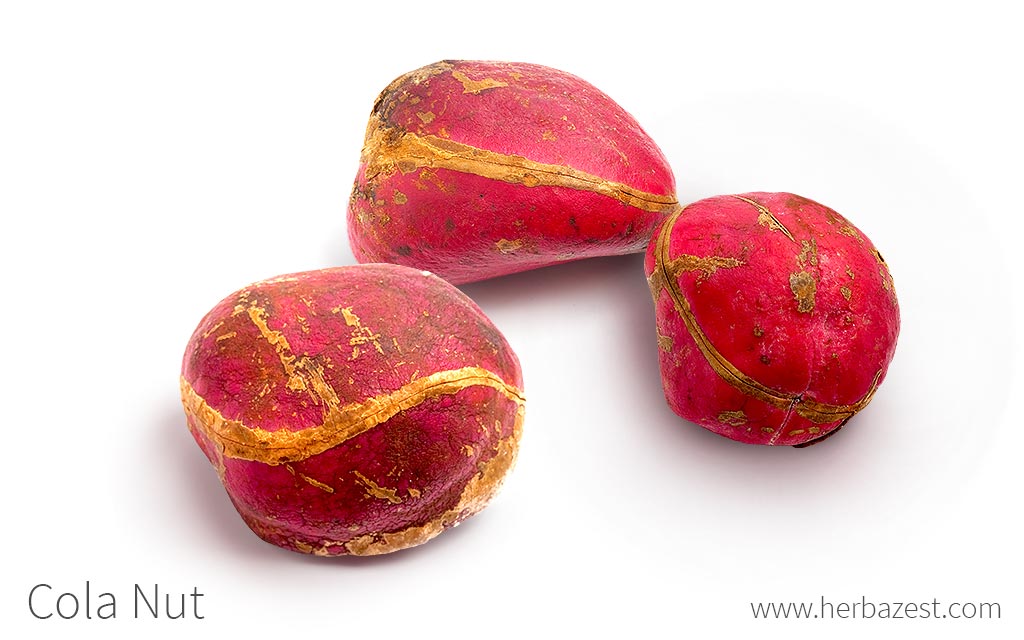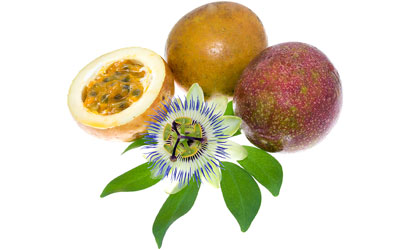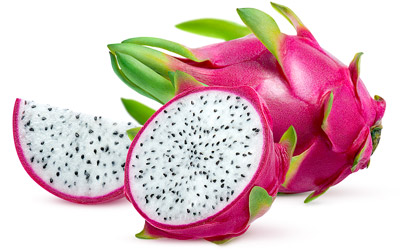Cola nut, also known as kola nut, among other names, has been widely used by African tribes for centuries. Although the use of this indigenous West African herb has declined in recent years, it retains much popularity along the southwestern African coast. Throughout the Western world, on the other hand, most people are unfamiliar with cola nut, and are therefore unaware of its nutritional and medicinal potential.
Cola Nut Medicinal Properties
- Medicinal action Stimulant
- Key constituents Caffeine
- Medicinal rating (2) Minorly useful plant
- Safety ranking Use with caution
Health Benefits of Cola Nut
Traditionally, cola nut benefits have been used for diverse medicinal purposes. Modern science is mainly investigating and discovering some evidence for the following:
Increasing energy levels. Traditionally, cola nut has been consumed as an stimulant, in order to relieve fatigue and increase stamina.
Stimulating short-term mental sharpness. Cola nut has shown to increase alertness and cognitive functions.
Suppressing appetite. As a part of a healthy weight loss plan, cola nut help reduce food cravings.
In West Africa, these chestnut-size nuts have been used for centuries to treat a variety of health conditions, such as fatigue, hunger pangs, infections, various skin diseases and ulcers, toothaches and sore gums, morning sickness, irregular menstrual cycles, colic and assorted intestinal diseases, headaches, depression, low libido, cough, asthma, various eye diseases, and both dysentery and constipation.
How It Works
The cola nut is particularly rich in B group vitamins, mainly B1 (thiamin), B2 (riboflavin), and B3 (niacin), also containing starch, fat, protein, and phenolic substances such as phlobaphens, which are responsible for the reddish hue of the fruit. However, most health benefits of kola nut are due to caffeine, an antioxidant substance that acts as a free-radical scavenger, helping delay oxidative damage related to aging.
Cola nut has the ability to block adenosine receptors, which are involved in the energy metabolism of cells, preventing them from accumulating the neurotransmitters that trigger the need for rest, therefore delaying the onset of fatigue.1
The caffeine content in cola nut has been shown to counteract the deficit of noradrenaline, which is a neurotransmitter that increases heart rate and elevates blood pressure, thus improving cardiovascular function2 and increasing alertness.
Additionally, studies suggest that the consumption of kola nut and caffeine diets may help reduce food cravings and aid weight management.3
COLA NUT IS MOST VALUED FOR ITS CAFFEINE CONTENT, IN PART DUE TO ITS HIGH ANTIOXIDANT CAPACITY.
Other herbs with stimulant properties are coffee, guarana, and tea plant.
Cola Nut Side Effects
Most researchers agree that cola nut is safe and has little potential for toxicity. However, since caffeine sensitivity is highly personal, it is important to be on the lookout for possible side effects caused by over consumption. An excessive intake of caffeine can cause restlessness, mild tachycardia, anxiety, or inability to sleep; all of these symptoms will disappear once caffeine consumption is stopped or diminished.
Cola Nut Cautions
Those with peptic ulcers should avoid cola nut because it can increase the secretion of stomach acid. Those with cardiovascular conditions, such as palpitations (arrhythmia) and high blood pressure (hypertension), should not consume the herb because of its stimulant action.

How to Consume Cola Nut
- Edible parts Seed
- Edible uses Beverage
- Taste Bitter
Traditionally, cola nuts have been chewed as a stimulant in some parts of Africa, but this is falling out of practice due to the fact that raw cola nuts can stain the teeth and are possibly carcinogenic. Nowadays, the best way to reap the health benefits of kola nut is consuming it in supplemental forms.
Natural Forms
- Powder. Sun dried and powdered, the seeds of cola nut can be added to beverages and smoothies in order to reap its health benefits.
Herbal Remedies & Supplements
Syrup. Honey or cane sugar are combined with a cola nut infusion and boiled until the mixture takes a thick consistency. This remedy can relieve nausea and upset stomach.
Liquid extract. This remedial form is the product of a distillation process, and needs to me diluted in water for oral consumption in order to take advantage of its stimulant effects.

Buying
- Where to buy Specialized health stores, Online herb stores
In both, natural and remedial forms, cola nut is primarily available from online retailers and specialized herb stores.
Though less common, liquid extracts may also be found. Buyers should not confuse cola nut with gotu kola (Centella asiatica), which is a completely different plant.
Growing
- Life cycle Perennial
- Harvested parts Seeds, Fruit
- Light requirements Full shade
- Growing habitat Tropical rainforests
While the cola nut tree is typically regarded as a lowland forest species, it can withstand altitudes of up to 1,000 feet (300 m) above sea level, provided rich and deep soil is available.
Growing Guidelines
The cola nut tree requires tropical climates in order to prosper, with an annual average temperature of at least 75°F (24°C).
It can tolerate brief dry seasons and can be cultivated in dry regions as long as it is over groundwater.
The cola nut tree requires shade to grow well, and the addition of good fertilizers will entice better results.
Cola nut species are vulnerable to a host of fungal diseases that can attack all parts of the crop and infect the cola fruits at an early stage of development. The cola tree is also sensitive to many plagues that are typical of cacao trees.
The cola nut fruit harvesting should be done by hand, picking the nuts off the tree's branches. Cola nuts must be stored in a cool and dry place.
Additional Information
Plant Biology
The cola nut tree, is a small to moderately sized evergreen tree that can grow up to 82 feet (25 m). Its trunk, commonly branches close to the base with the leaves almost reaching the ground. As the tree ages, the bark becomes rough and corky, grey in color and often split into squares. Col nut tree leaves are sparse and confined to the tips of the branches, narrowed or rounded towards the base, are arranged in whorls of three or four. The flowers of the cola tree are star-shaped, white or yellow, with a purple center. The fruits of this species can grow up to eight inches (20 cm) long and contain large, red, flat seeds.
Classification
The cola tree (Cola acuminata) is a member of the Malvaceae family, which contains around 2,300 species spread out over 200 genera. Other well-known and plants within this family are baobab (Adansonia digitata), cacao (Theobroma cacao), hibiscus (Hibiscus sabdariffa), and marsh mallow (Althaea officinalis).
Varieties and Subspecies of Cola Nut
To date, no subspecies or varieties of Cola acuminata have been identified or developed. However, the Cola genus contains about 125 different species, of which Cola acuminata and Cola nitida are the principal ones, often mistaken for each other and both used medicinally, though Cola acuminata is more common. Cola nitida has two recognized subspecies, Cola nitida subsp. rubra and Cola nitida subsp. alba. The former contains higher levels of polyphenols than the latter.
Historical Information
Originally domesticated in modern-day Nigeria, and locally known as kola nut, Sudan coffee, and gworo, cola nut was used initially to ease hunger and provide energy, although it later became a popular snack at social gatherings where alcohol was banned. Due to the European colonization of the region, cola nut became known across Europe and the Americas, and many of its uses spread to Brazil and the Caribbean during the slave trade. At the start of the 19th century, it was first used as part of the recipe for the first cola drinks.
Popular Beliefs
Cola nut took on an integral role in the formation of West African cultural identities: it was often used as a sacred offering during prayers, naming ceremonies, and weddings.
The cola nut is still used for symbolic purposes in parts of Africa, where it is regarded as a sign of friendship or as decoration for many religious and life cycle rituals. It is also used ceremonially, presented to chiefs or guests, and Obi diviners use cola nuts to predict the future.
Economic Data
Along with the coca leaf, the cola nut was one of the main ingredients in the first Coca-Cola recipe by pharmacist and inventor John Pemberton. Though these ingredients are no longer used in the modern formula, the cola nut was chosen for its ability to treat headaches as well as reduce pain and stress.
Today, cola nut is mostly cultivated in Africa, with a large proportion of it coming from Nigeria. Brazil, the West Indies, the Ivory Coast, and Ghana are also known producers. These six countries alone produce over 250,000 tons annually. Worldwide, around 300,000 tons of cola nut are produced each year.
Other uses
Beverage industry. Due to its high caffeine contain, cola nut extract is used in the production of cola-type soft drinks.4
Sources
- African Journal of Medicine and Medical Sciences, Effects of chronic administration of ethanolic extract of kolanut (Cola nitida) and caffeine on vascular function, 2014
- British Broadcasting Corporation, Slow food: What is its legacy?
- Journal of Psycopharmacology, Caffeine and central noradrenaline: effects on mood, cognitive performance, eye movements and cardiovascular function, 2003
- Journal of the Royal Society of Medicine, Kola nut: so much more than just a nut
- Nigerian Journal of Physiological Sciences, The comparative effects of chronic consumption of kola nut (Cola nitida) and caffeine diets on locomotor behaviour and body weights in mice, 2009
- University of Oxford, Cola nitida & Cola acuminata: A State of Knowledge Report undertaken for The Central African Regional Program for the Environment
- Useful plants of Ghana
- Encyclopedia of Herbal Medicine, p. 192
- Medicinal Plants of the World, p. 109
- Encyclopedia Britannica Online, Kola Nut (plant)
- Journal of Agricultural and Food Chemistry, Content of polyphenolic compounds in the Nigerian stimulants Cola nitida ssp. alba, Cola nitida ssp. rubra A. Chev, and Cola acuminata Schott & Endl and their antioxidant capacity, 2007
- Food and Chemical Toxicology, Safety assessment of kola nut extract as a food ingredient, 2009
- Acta physiologica et pharmacologica Bulgarica, Effects of fresh kola-nut extract (Cola nitida) on the locomotor activities of male mice, 1990
Footnnotes:
- Africa Journal of Medicine and Medical Sciences. (2014). Effects of chronic administration of ethanolic extract of kolanut (Cola nitida) and caffeine on vascular function. Retrieved August 31, 2022 from: https://pubmed.ncbi.nlm.nih.gov/25335374/
- International Journal of Physiology, Patophysiology and Pharmacology. (2017). Methanolic extract of Cola nitida elicits dose-dependent diuretic, natriuretic and kaliuretic activities without causing electrolyte impairment, hepatotoxicity and nephrotoxicity in rats. Retrieved August 31, 2022 from: https://www.ncbi.nlm.nih.gov/pmc/articles/PMC5770520/
- Nigerian Journal of Physiological Sciences. (2009). The comparative effects of chronic consumption of kola nut (Cola nitida) and caffeine diets on locomotor behaviour and body weights in mice. Retrieved August 31, 2022 from: https://pubmed.ncbi.nlm.nih.gov/19826468/
- The Journal of Food Technology in Africa. (2001). Preliminary studies on the use of kolanuts (cola nitida) for soft drink production. Retrieved August 31, 2022 from: http://www.bioline.org.br/request?ft01008






